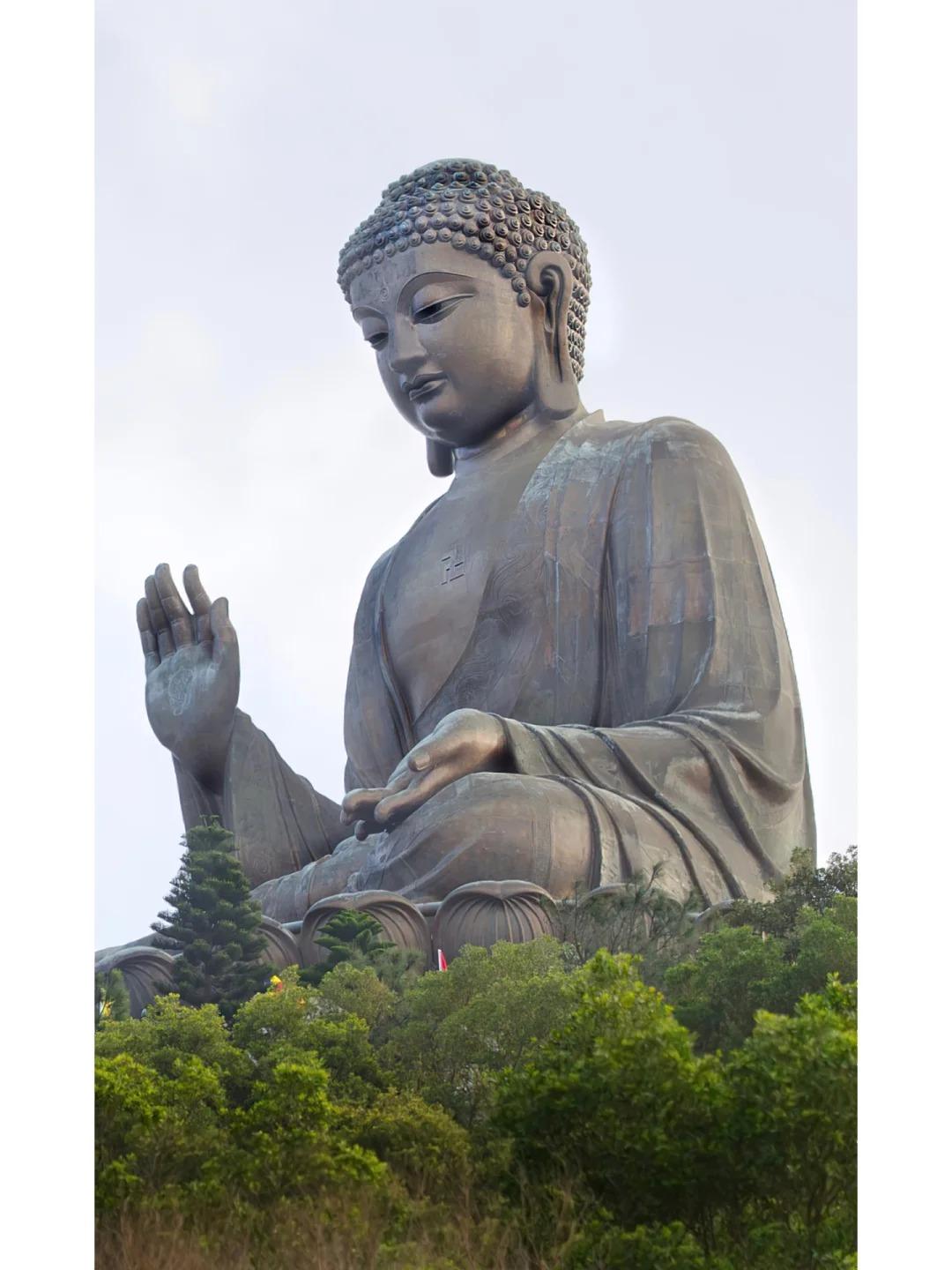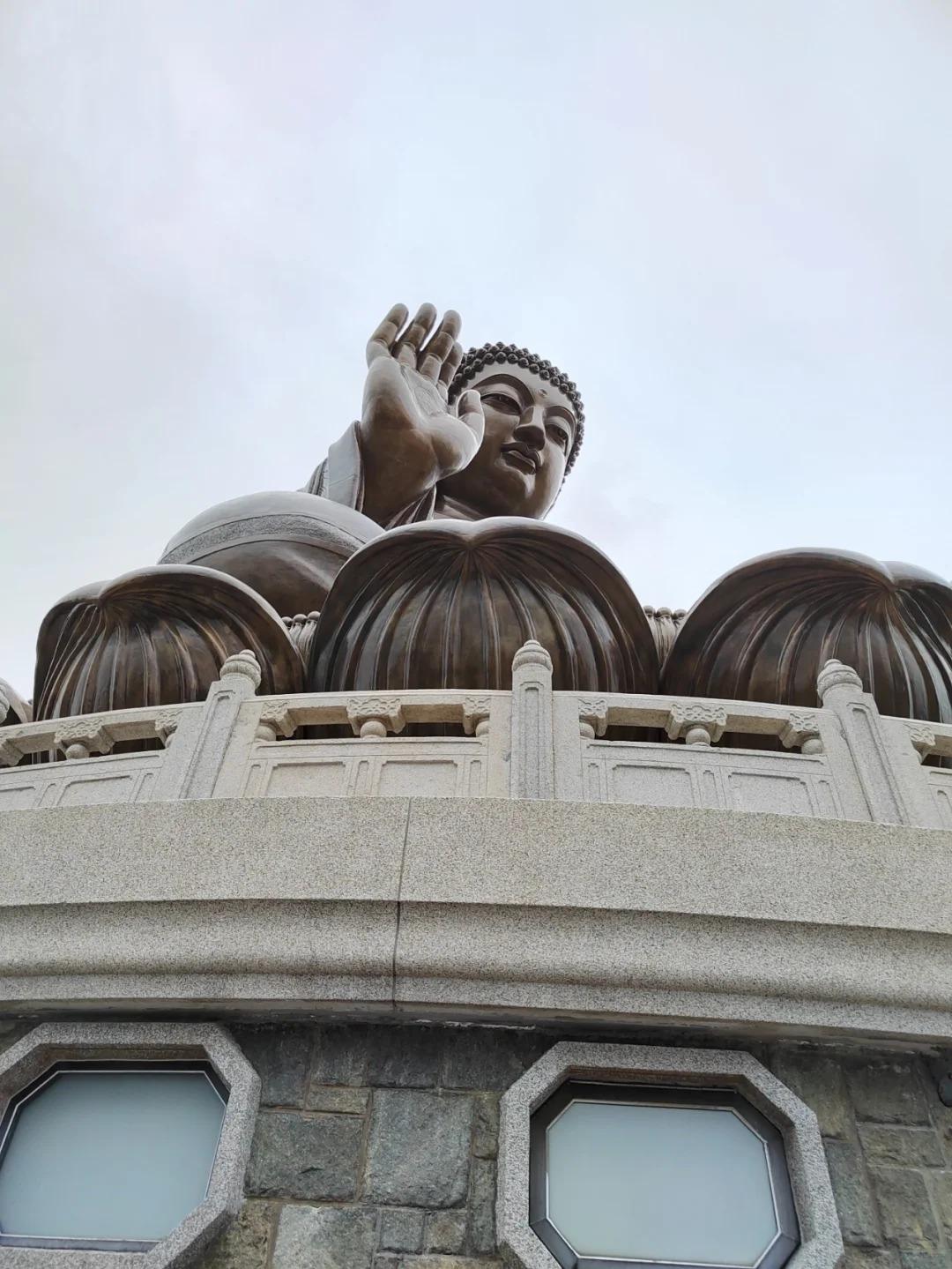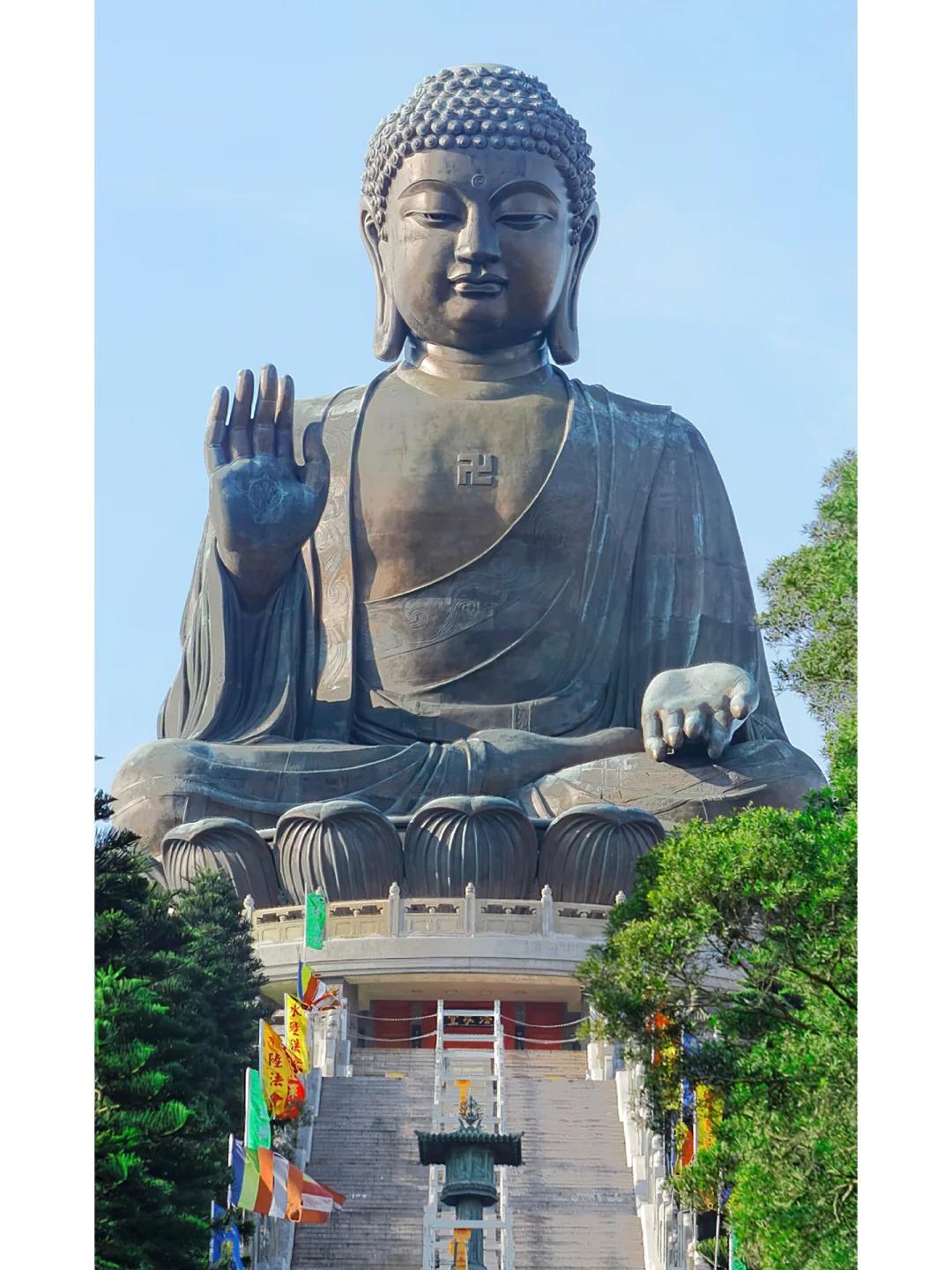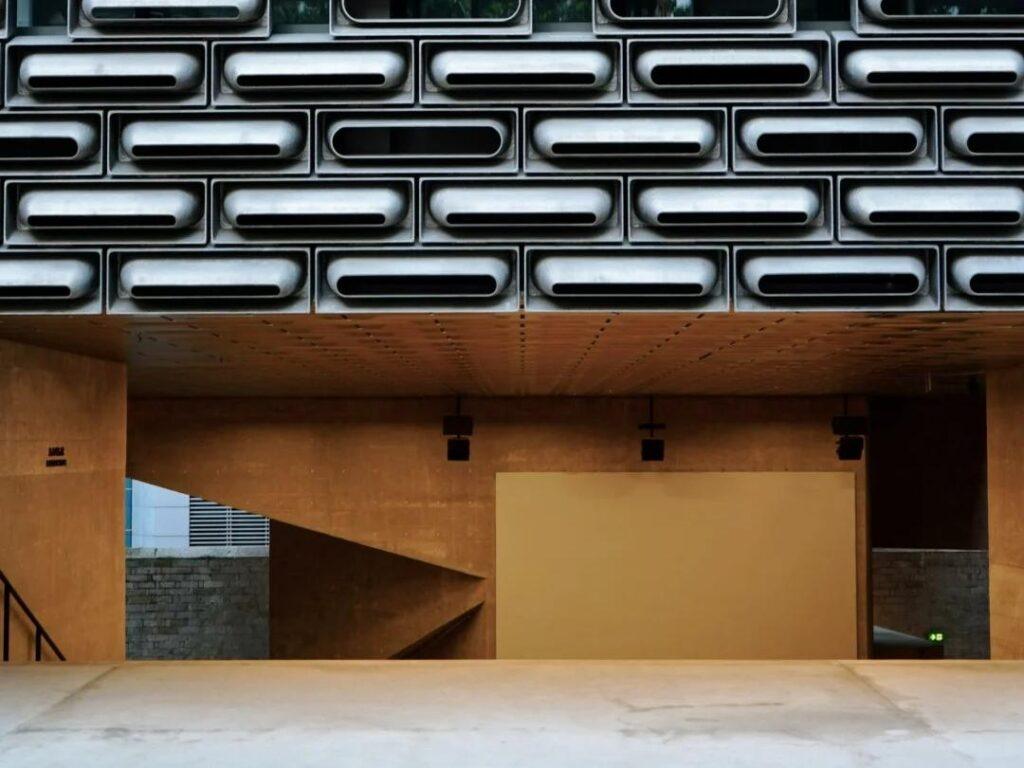Visiting Information
| Information | Details |
|---|---|
| Chinese Name | 天壇大佛 (Tiāntán Dàfó) |
| Location and Address | Ngong Ping, Lantau Island, Hong Kong |
| Opening Time/Hours | 10:00 AM – 5:30 PM daily |
| Entrance Fee | Free to see the exterior. HK$60 for adults, HK$30 for children (3-11) and seniors (65+) to enter the Buddha |
| How to Get There | By MTR: Take the Tung Chung line to Tung Chung Station, then take the Ngong Ping 360 cable car By Bus: Take bus 23 from Tung Chung Town Centre By Taxi: Available from Tung Chung, but expensive |
| Best Time for Visit | October to December (cool weather and clear skies) |
| Contact Info | Tel: +852 2985 5248 Email: [email protected] |
Overview
The Tian Tan Buddha, also known as the Big Buddha, is a large bronze statue of Buddha Shakyamuni, completed in 1993. It is located at Ngong Ping, Lantau Island, in Hong Kong. The statue is 34 meters (112 ft) tall and weighs over 250 metric tons, making it one of the largest seated Buddha statues in the world.
Historical Background
The Tian Tan Buddha was constructed beginning in 1990 and was completed on December 29, 1993. It was formed as part of the Po Lin Monastery complex and was designed to symbolize the harmonious relationship between man and nature, people and faith. The statue’s name “Tian Tan” means “Altar of Heaven,” and is named after the altar in Beijing’s Forbidden City.

Architectural Features
- The Buddha Statue: The statue depicts Buddha Shakyamuni in a seated position, with the right hand raised and the left hand resting on the lap, a pose signifying the removal of affliction. The statue faces north, which is unique among the great Buddha statues, as all others face south.
- The Base: The Buddha sits on a lotus throne on top of a three-platform altar. Surrounding the statue are six smaller bronze statues known as “The Offering of the Six Devas,” each offering flowers, incense, lamp, ointment, fruit, and music to the Buddha.
- Interior Halls: Inside the base are three floors. The Hall of Universe, the Hall of Benevolent Merit, and the Hall of Remembrance. These contain various Buddhist relics and a large bronze bell.
- 268 Steps: To reach the Buddha, visitors must climb 268 steps. The number 268 is significant in Buddhism, representing the 2 added to the 6 to the 8th power elements in the Heart Sutra.
Cultural Importance
The Tian Tan Buddha is not just a tourist attraction but a significant religious site. It symbolizes the stability of Hong Kong, the prosperity of China and the peace of the world. The statue has become an important center for Buddhism in Hong Kong, attracting pilgrims from all over Asia. It also serves as a focal point for celebrating Buddha’s birthday and other Buddhist festivals.
Surrounding Attractions
- Po Lin Monastery: Adjacent to the Buddha statue, this Buddhist monastery was founded in 1906. It features ornate architecture, beautiful gardens, and a vegetarian restaurant. The Great Hall houses three bronze statues of the Buddha, representing his past, present, and future lives.
- Ngong Ping Village: A culturally themed village offering a range of shops, restaurants, and attractions. It includes the “Walking with Buddha” attraction, which provides an introduction to Buddha’s life and teachings through multimedia presentations.
- Ngong Ping 360: This is a scenic cable car ride that takes visitors from Tung Chung to Ngong Ping. The 25-minute journey offers breathtaking views of the South China Sea, the airport, and the surrounding mountains of Lantau Island.
- Wisdom Path: A short walk from the Buddha statue, this path consists of 38 wooden steles arranged in a figure-eight pattern. Each stele is inscribed with verses from the Heart Sutra, an important Buddhist text.

Photography Opportunities
- Front View of Buddha: The most iconic shot of the Tian Tan Buddha is from the bottom of the 268 steps, looking up at the statue. This angle captures the full majesty of the Buddha and its surrounding mountains.
- View from Buddha’s Platform: After climbing the steps, visitors can capture panoramic views of the surrounding landscape, including Lantau Island and the South China Sea.
- Cable Car Journey: The Ngong Ping 360 cable car ride offers unique aerial photography opportunities of the Buddha statue and the lush landscapes of Lantau Island.
- Po Lin Monastery: The colorful and ornate architecture of the monastery provides excellent opportunities for detail and architectural photography.
- Sunset Views: Late afternoon visits can result in dramatic lighting conditions, with the setting sun casting a warm glow on the Buddha statue and surrounding areas.
Modern Importance
- Tourism: The Tian Tan Buddha has become one of Hong Kong’s most recognizable landmarks and a major tourist attraction. It plays a significant role in Hong Kong’s tourism industry, attracting millions of visitors each year.
- Cultural Exchange: As a symbol of Hong Kong’s multicultural identity, the Buddha statue serves as a bridge between Eastern and Western cultures, promoting understanding and appreciation of Buddhist philosophy and Chinese culture.
- Environmental Awareness: The statue’s location on Lantau Island, surrounded by natural beauty, helps to raise awareness about environmental conservation and the importance of preserving Hong Kong’s natural landscapes.
- Spiritual Center: For many Hong Kong residents and visitors, the Tian Tan Buddha provides a place for spiritual reflection and meditation, offering a peaceful retreat from the busy urban life of Hong Kong.

FAQ
- What is Tian Tan Buddha famous for?
Tian Tan Buddha is famous for being one of the largest seated bronze Buddha statues in the world. It’s known for its impressive size, beautiful setting on Lantau Island, and its cultural and spiritual significance. - What’s inside Tian Tan Buddha?
Inside the base of Tian Tan Buddha, there are three floors: the Hall of Universe, the Hall of Benevolent Merit, and the Hall of Remembrance. These contain various Buddhist relics, exhibits, and a large bronze bell. - Is Tian Tan Buddha free?
Viewing Tian Tan Buddha from the outside is free. However, there is a fee to enter the interior of the Buddha statue. - Is Tian Tan Buddha worth visiting?
Yes, Tian Tan Buddha is considered worth visiting. It offers impressive views, cultural insights, and a unique experience. The journey to reach it, often including a scenic cable car ride, adds to its appeal. - What to do in Tian Tan Buddha?
Visitors can climb the 268 steps to reach the Buddha, explore the interior halls, visit the nearby Po Lin Monastery, enjoy vegetarian cuisine, walk the Wisdom Path, and take in the panoramic views of Lantau Island. - How do I get to Tian Tan Buddha in the local city?
From Hong Kong city, take the MTR to Tung Chung Station. From there, you can either take the Ngong Ping 360 cable car or bus 23 to reach Tian Tan Buddha on Lantau Island. - How to visit Tian Tan Buddha?
Plan for a full day trip. Take the cable car or bus to Ngong Ping Village. Visit the Buddha statue, climb the steps, explore the interior if desired, and visit surrounding attractions like Po Lin Monastery. Wear comfortable shoes and bring water, as there’s a fair amount of walking involved.






